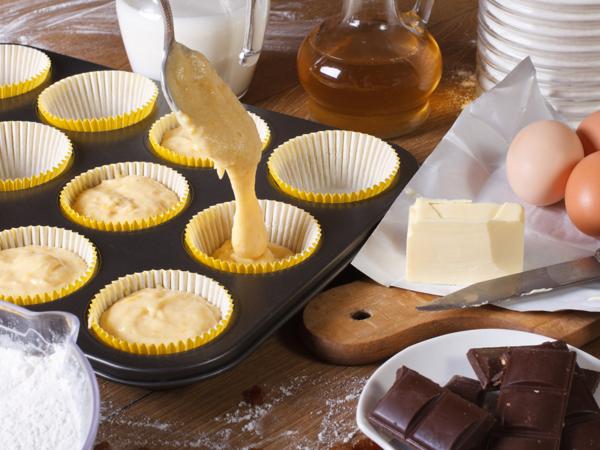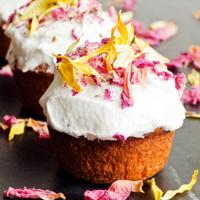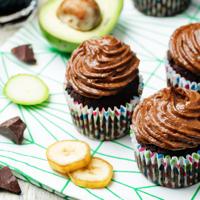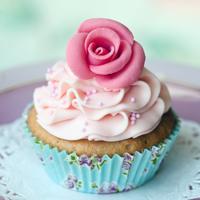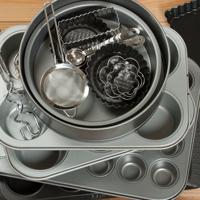Welcome to CupcakeTree.com, where we dive into the delightful world of cupcakes. Baking cupcakes isn’t just about following a recipe; it’s about embracing techniques that can turn a simple mix of ingredients into a delightful treat. Let’s explore some key techniques that can enhance your cupcake baking experience. For more tips, check out our Baking Tips.
Understanding Your Ingredients
Baking is both an art and a science. Understanding the roles of different ingredients can help you tweak recipes to your liking. For instance, butter adds flavor and moisture but using vegetable oil can yield a softer crumb. Eggs provide structure and stability. Knowing when and how to adjust these can change the outcome significantly. For a deeper dive into specific ingredients, check out our Cupcake Ingredients Guide.
- Flour: This is the foundation. Using cake flour can result in a lighter texture compared to all-purpose flour.
- Sugar: Not just for sweetness, sugar tenderizes the cake and helps with browning.
- Leaveners: Baking soda and baking powder help the batter rise. Ensure their freshness for effective results.
The Mixing Method
Mixing can heavily influence the texture of your cupcakes. Over-mixing can result in dense, rubbery cupcakes, whereas under-mixing might lead to uneven textures. If you encounter issues, check out our cupcake baking troubleshooting guide.
- Creaming Method: Beat butter and sugar until light and fluffy before adding eggs. This incorporates air, leading to a lighter cupcake.
- Reverse Creaming: Mix dry ingredients with butter, then slowly add wet ingredients. This can produce a slightly denser but tender crumb.
Prepping the Cupcake Pan
Properly prepping your cupcake pan can prevent sticking and ensure an even rise.
- Liners: Use paper liners for easy removal and minimal cleanup. For help choosing the right ones, see our guide on choosing cupcake liners.
- Non-stick Spray: Even with liners, a light spray of non-stick spray can help with easy release.
Portioning Batter Equally
An ice cream scoop or a mechanical cookie scoop helps in portioning the batter evenly across cupcake liners. This ensures uniform baking and appearance.
Baking and Testing for Doneness
Oven temperatures can vary, so it’s always good practice to check cupcakes a few minutes before the recommended time. For more cupcake baking tips and cupcake recipes, check out our collection.
- Temperature: Most recipes call for a 350°F (175°C) oven. Using an oven thermometer can guarantee accuracy.
- Testing: Insert a toothpick into the center – it should come out clean or with a few crumbs attached.
Cooling and Storage
Allow cupcakes to cool in the pan for a few minutes before transferring them to a wire rack. This prevents over-baking from residual heat.
- Cooling: Fully cooling before frosting will prevent the icing from melting.
- Storage: Store in an airtight container at room temperature for up to 3 days, or freeze for longer preservation.
Experimenting with Flavors and Textures
Once familiar with basic techniques, experimenting is where the real fun begins. You might consider some cupcake inspiration or try out some new cupcake decorating ideas.
- Infusions and Mix-ins: Include citrus zest, vanilla beans, or spices to elevate basic recipes. For healthier options, try some healthy cupcake recipes.
- Filling: Introducing a filling, such as chocolate or jam, can surprise and delight.
Learning from Others
The cupcake community is vast and sharing. Seeking out blogs, cooking shows, and forums can provide new insights and ideas. Some valuable references include websites like Serious Eats and baking books by authors such as Dorie Greenspan and Christina Tosi.
Remember, patience and practice are key. Each batch, whether a success or a learning experience, contributes to your growth as a baker. Enjoy the journey and happy baking!
